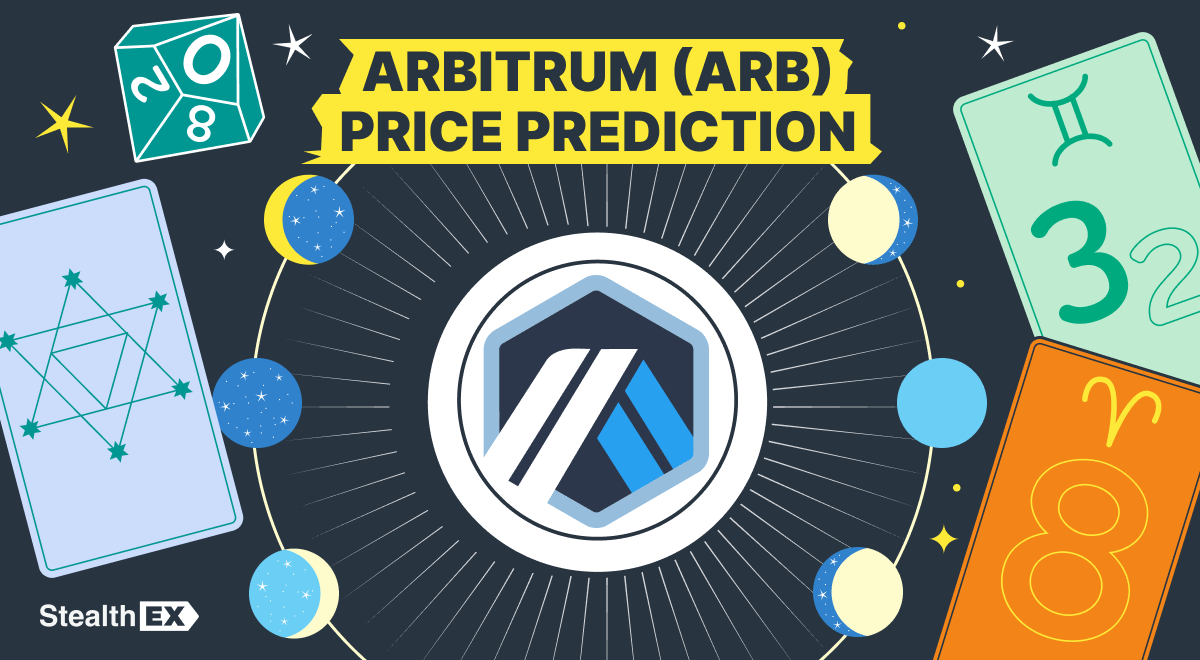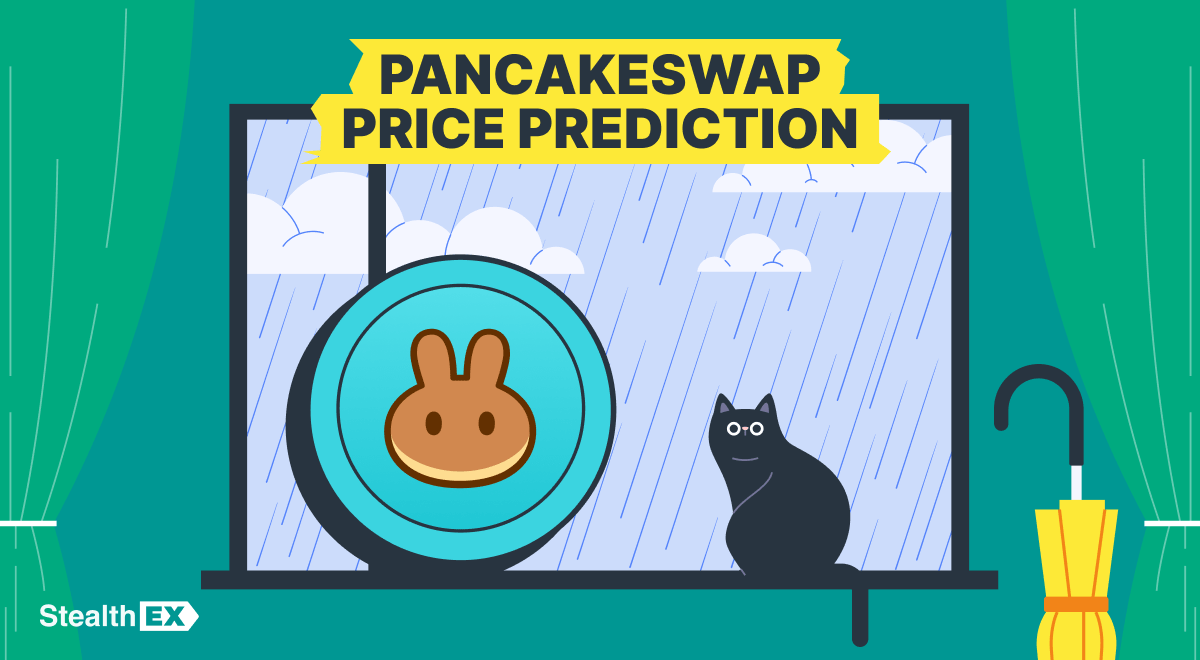Blockchain for Beginners: Terms and Concepts

Cryptocurrencies are strongly embedded in our everyday life. Literally, everyone has heard about the famous Bitcoin, except probably a hermit who refused all the benefits of civilization. When people talk about cryptocurrency, the word “blockchain” slips often.
Everybody’s talking about it, but most people don’t know much about blockchain. If you want to understand what the big deal about blockchain is — you’ve come to the right place.
Let’s start right from the very beginning. The world first heard about blockchain in 2009 after the launch of Bitcoin. However, the theoretical foundation of blockchain technology was developed in the late 90s by a group of researchers. Unfortunately, it was mostly unused until it was adapted by Satoshi Nakamoto to create a digital cryptocurrency.

What Is Blockchain?
In simple words, blockchain is a kind of a database. It stores information in batches, called blocks that are linked together in a chronological way. Each block stores some information along with the hash of its previous block. A hash is a unique mathematical code. You can compare it to a fingerprint. It identifies a block and all of the contents. It’s always unique. If the information inside the block is modified, the hash of the block will be subject to modification too. The connection of blocks through the unique hash keys is what makes blockchain secure.
While transactions take place on a blockchain, there are nodes on the network that validate these transactions. In the Bitcoin blockchain, these nodes are called miners and they use the concept of proof-of-work in order to process and validate transactions on the network. In order for a transaction to be valid, each block must refer to the hash of its preceding block. The transaction will take place only and only if the hash is correct.
If a hacker tries to attack the network and change information of any specific block, the hash attached to the block will also get modified.
The breach will be detected as the modified hash will not match the original one. This ensures that the blockchain is unalterable as if any change made to the chain of blocks will be reflected throughout the entire network and will be detected easily.
There are 2 major categories in which blockchain can be classified:
1. Public is a permissionless blockchain. Everyone has access to the information and can create new blocks at any time. Examples: Bitcoin, Ethereum, Dogecoin etc.
2. Private is a permissioned blockchain. There are some restrictions on who is allowed to participate in the network and in what transactions. Usually, this type is used by different enterprises that need to ensure some level of privacy, compliance, performance and so on. Example: Hyperledger, R3 Corda, Quorum.
Some experts believe that the invention of the blockchain is such an important step in the development of the society as the invention of the Internet. Let’s take a deeper look at the important features of the blockchain technology:
- Decentralization. The entire blockchain is shared among all the computers of the network. No single authority controls it.
- Immutability and security. Information within a block cannot be altered without producing a change in the subsequent blocks, thus creating a mismatch in the embedded digital signatures. So once some data has been recorded inside a blockchain it’s impossible to change it. No one will fake or replace the information recorded in the blockchain. You can be sure that it is reliable.
- Peer-to-Peer Network. The interaction between 2 parties through a peer-to-peer model is easily accomplished without the requirement of any third party.
- Tamper-Proof. With immutability embedded in blockchains, it becomes easier to detect tampering of any data. Blockchains are considered tamper-proof as any change in even one single block can be detected and addressed smoothly.
- Privacy. All data is stored in encrypted form. The user can trace all transactions but cannot identify a recipient or a sender.
- No restrictions. Theoretically, the blockchain can be supplemented by the transactions records infinitely. Therefore, it is often compared to a supercomputer.
To sum up it looks like the blockchain technology really has an enormous potential to change our world and to revolutionize the way we interact with each other. While some industries have already started adopting blockchain in their businesses, many are still exploring the best possible ways to start with.
Share this article if you find it useful. See you soon!
Follow us on Medium, Twitter, Facebook, and Reddit to get StealthEX.io updates and the latest news about the crypto world.
For all requests message us at [email protected].
Recent Articles on Cryptocurrency
 Arbitrum Price Prediction: Is ARB Crypto a Good Investment?
Arbitrum Price Prediction: Is ARB Crypto a Good Investment?  PancakeSwap Price Prediction: Will CAKE Coin Hit $10?
PancakeSwap Price Prediction: Will CAKE Coin Hit $10? 